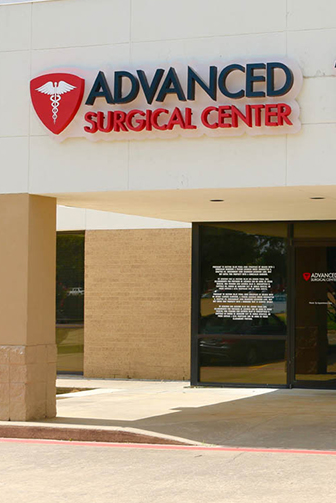Call us
(469) 513-26661018 East Wheatland
Duncanville, TX 75116.Our email
mail@advancedsurgical.com

Peripheral Artery Disease
- Home
- Peripheral Artery Disease
Peripheral Artery Disease

What is peripheral artery disease?
When your heart pumps blood to your body, the blood travels through the peripheral arteries to your organs and tissues. In the same way that the blood vessels of your heart can become diseased (see coronary artery disease), these peripheral arteries can also become diseased. Peripheral artery disease (PAD) in itself is not considered a deadly disease, but problems from PAD can have a dramatic impact on your life and your mobility.
What causes peripheral artery disease?
Through the aging process and other risk factors, your peripheral vessels can become damaged. As this damage is repaired, your vessels can become thick and stiff, leading to PAD. The most common places for this to happen are in the abdominal aorta (the big artery of the body) and the vessels in the legs. This can go on for many years without causing any symptoms or problems, but as this damage and repair cycle continues, blood flow through these vessels may be hindered, eventually leading to symptoms in one or both legs.
Symptoms of peripheral artery disease
Symptoms of peripheral artery disease are a consequence of ischemia, where the blood flow does not provide enough oxygen or nutrients to the muscles of the leg, so you may experience pain, cramping, aching, or heaviness. The symptoms are more likely to happen during movement or exercise, but as the disease progresses, you may experience pain even at rest. Fortunately, there are many effective treatments for PAD, even early in the disease course, and starting early can reverse the disease before more invasive treatments are needed.
What is it?
Narrowing of the arteries outside the heart, most common in the legs- Increasing age
- Diabetes
- Smoking
- Hypertension
Risk Factors
- Pain
- Cramping
- Aching
- Heaviness
- Locations: buttock, hip, thigh, calf, and/or foot
Symptoms
- Exercise testing
- Ankle-brachial index
Testing
- Duplex ultrasonography
- Angiography
Imaging
- Smoking cessation
- Exercise
- Medications
- Angioplasting / stenting
- Surgical bypass

